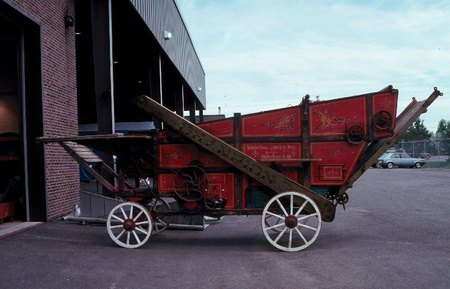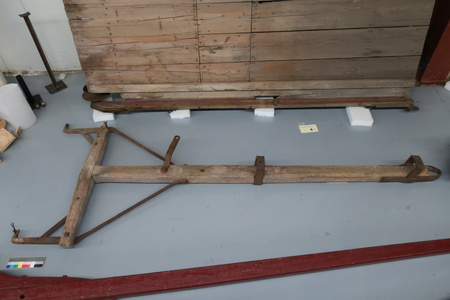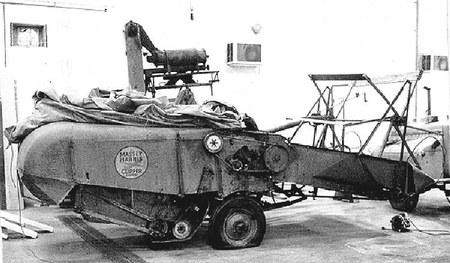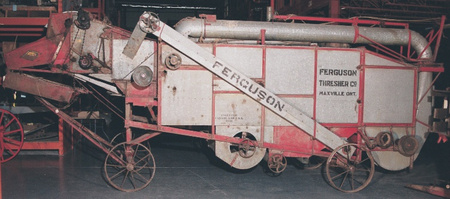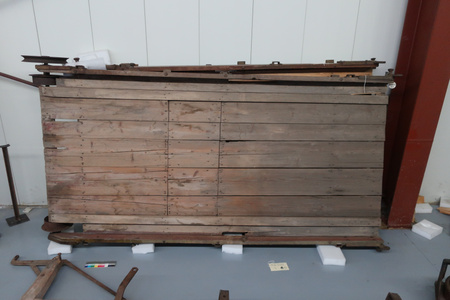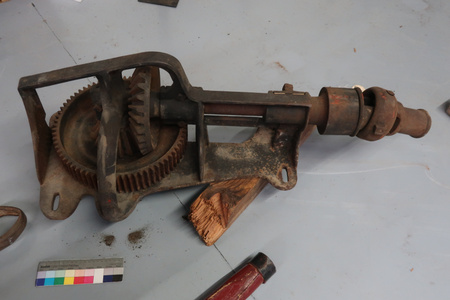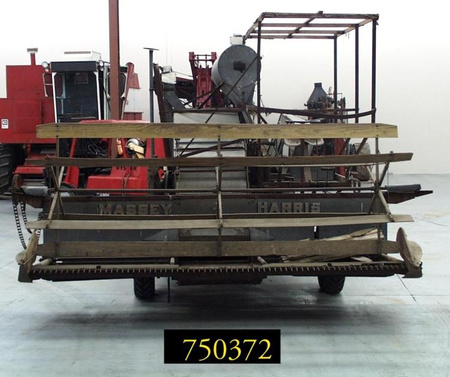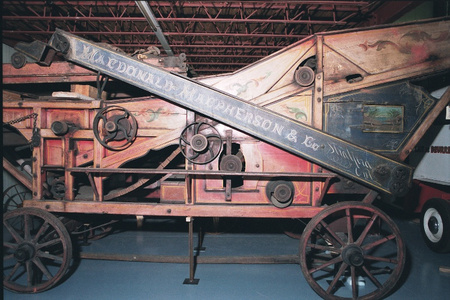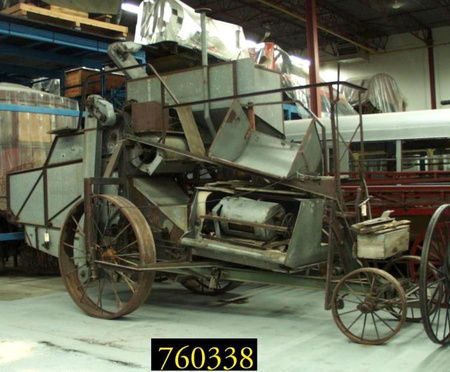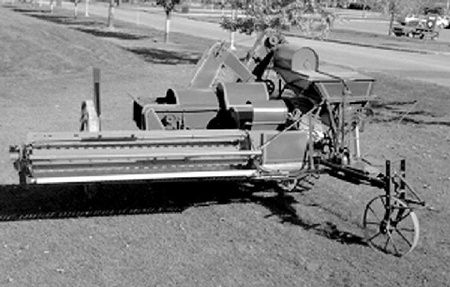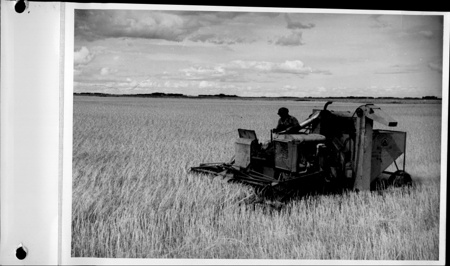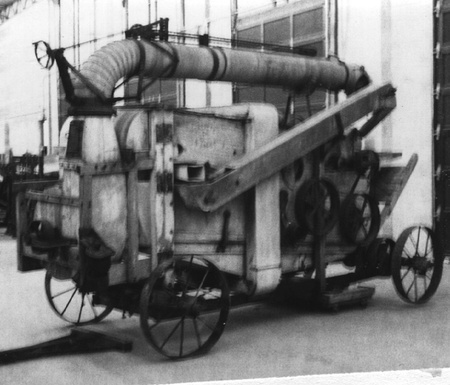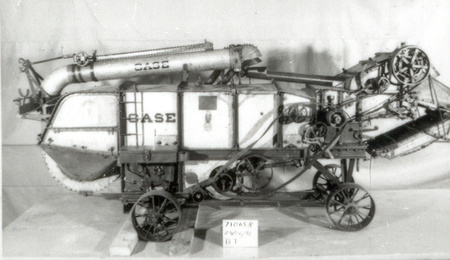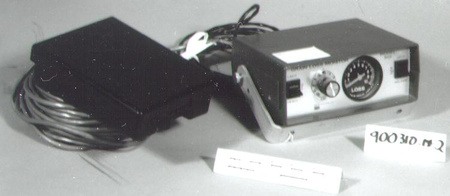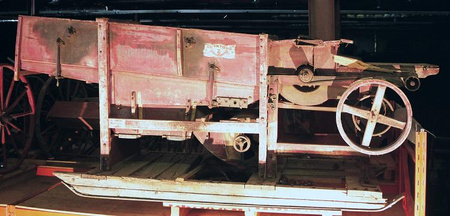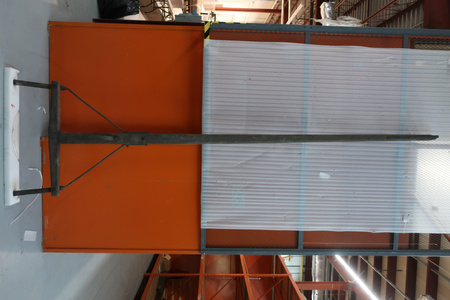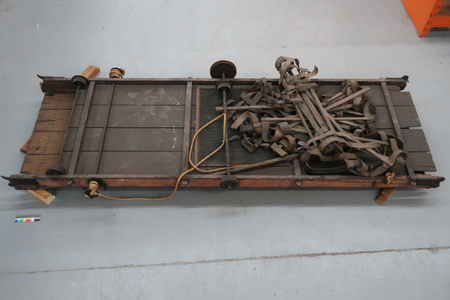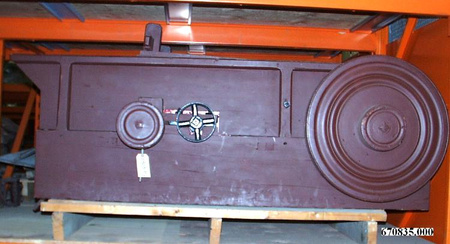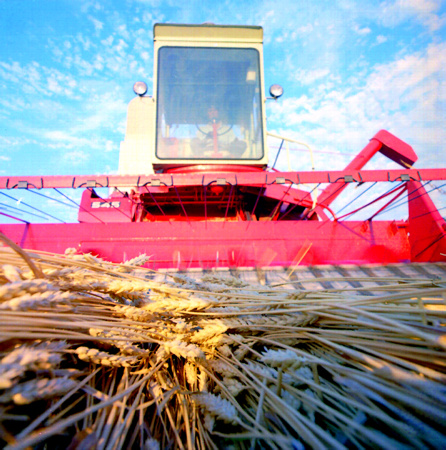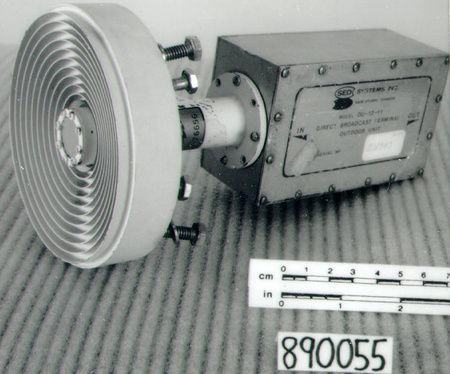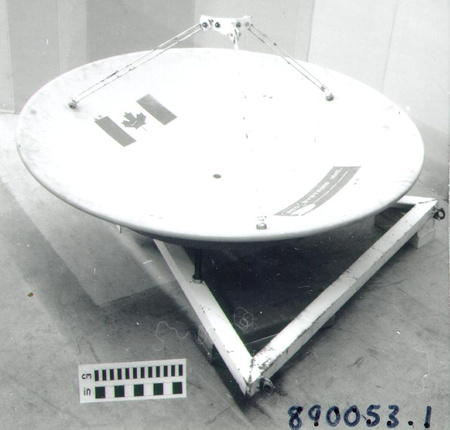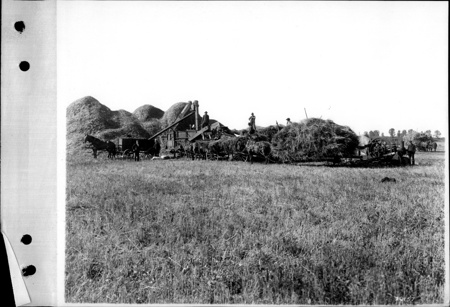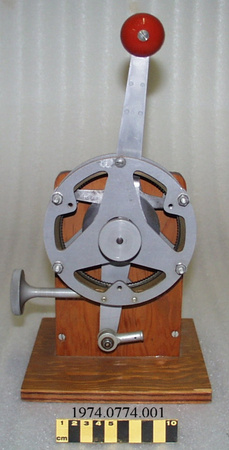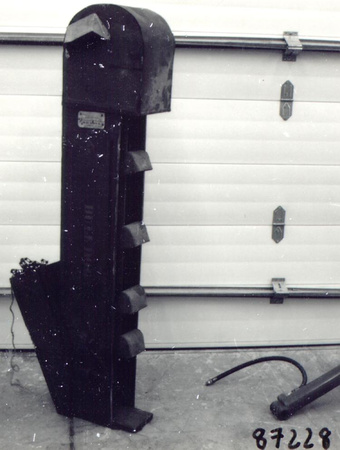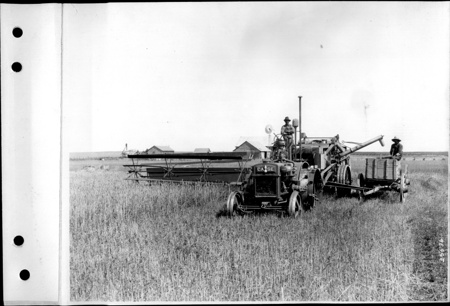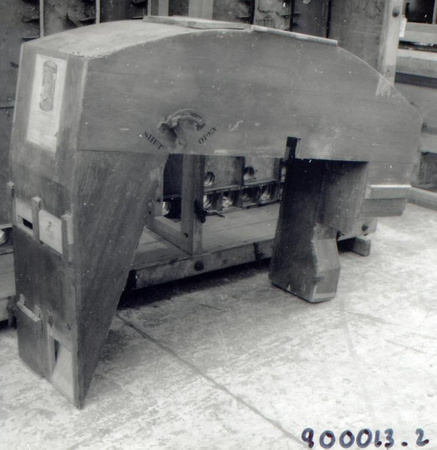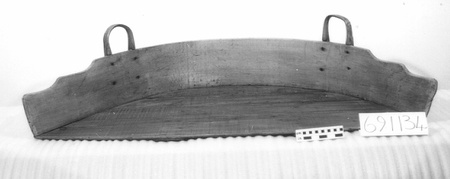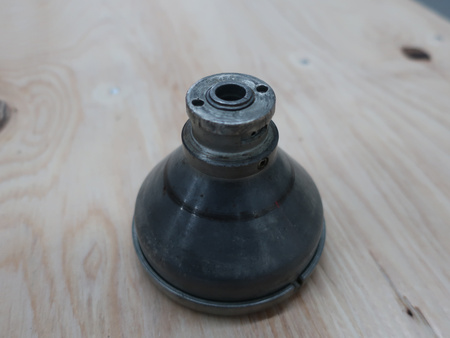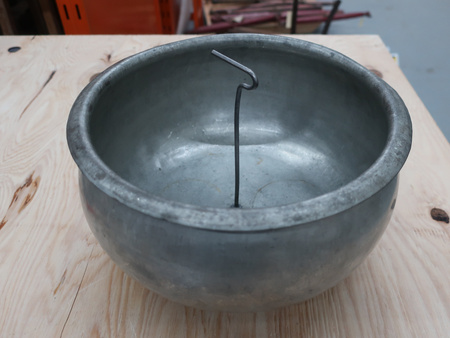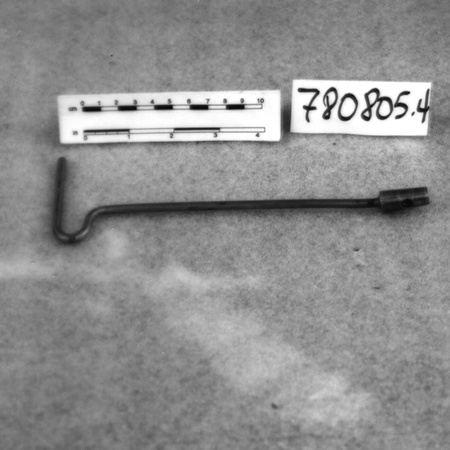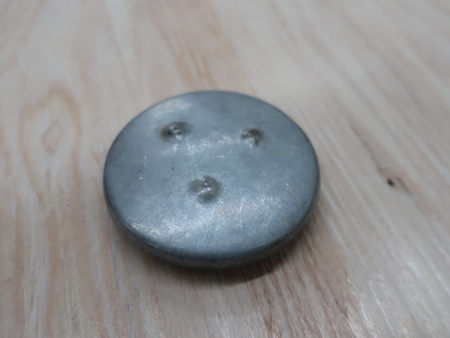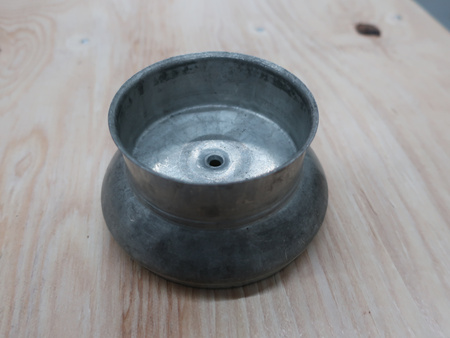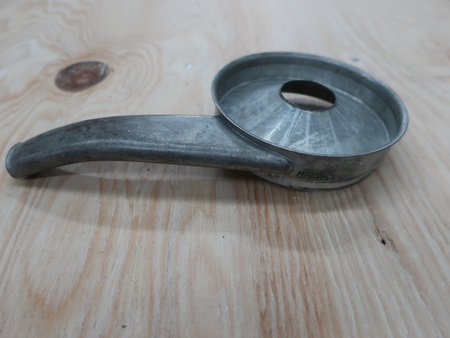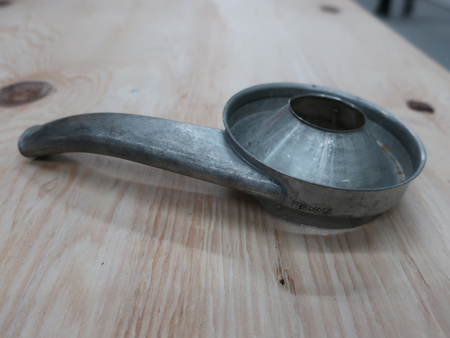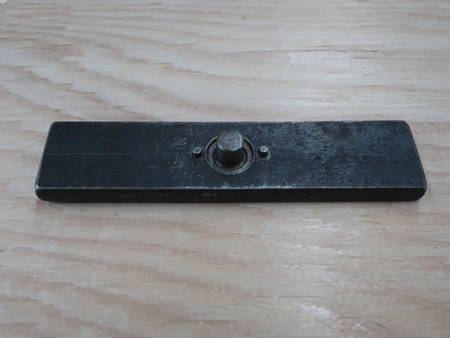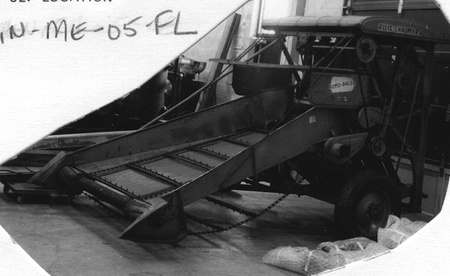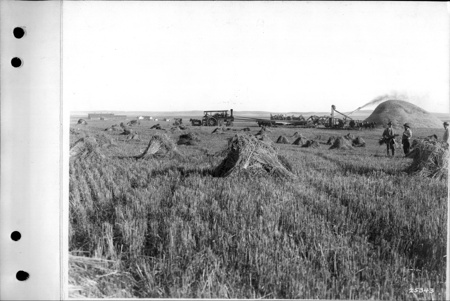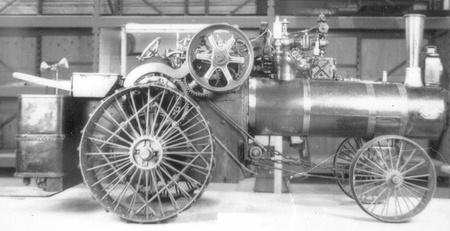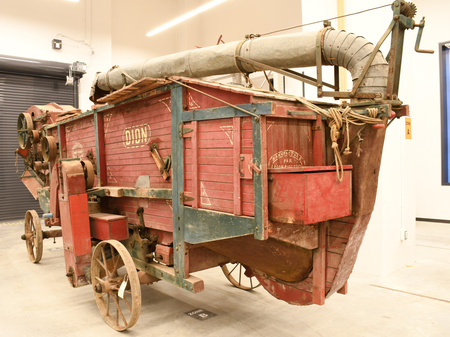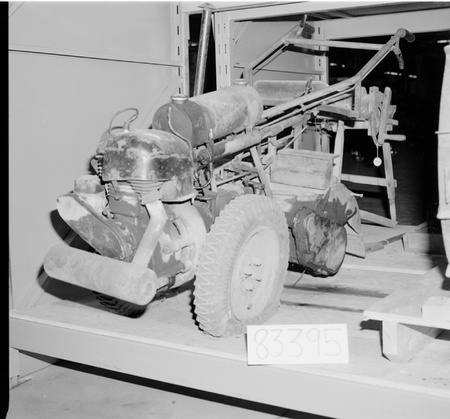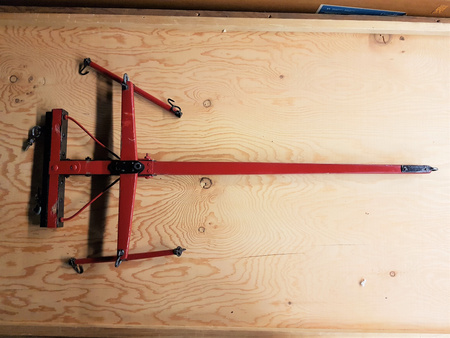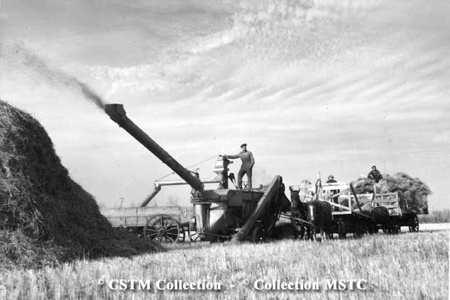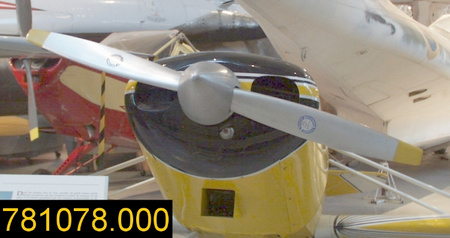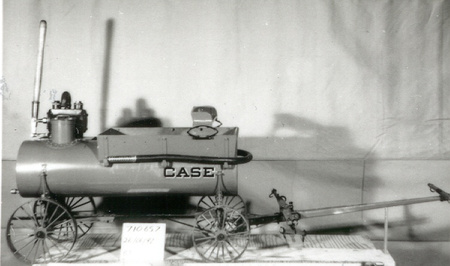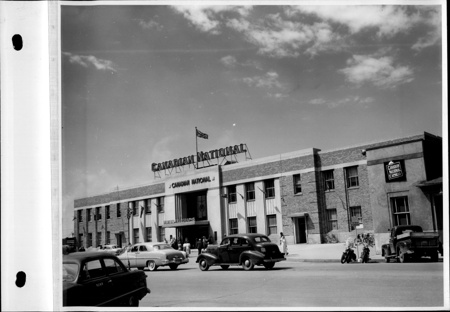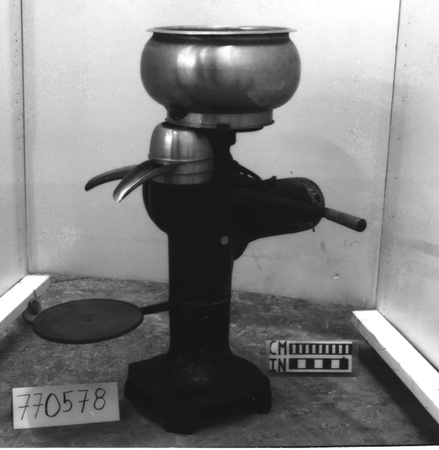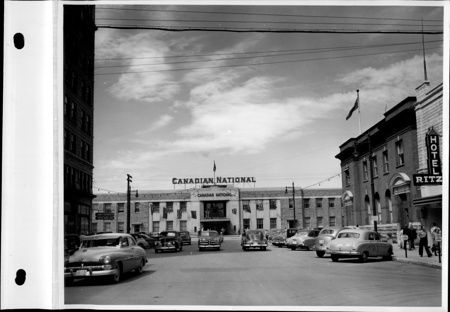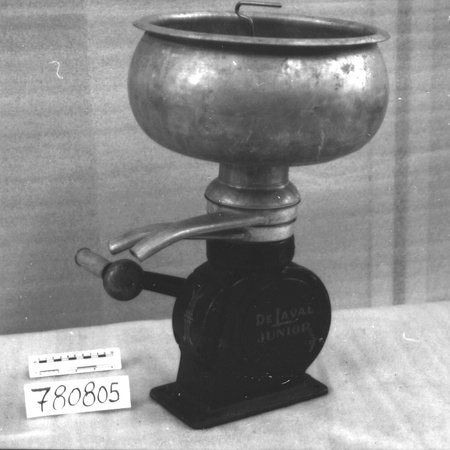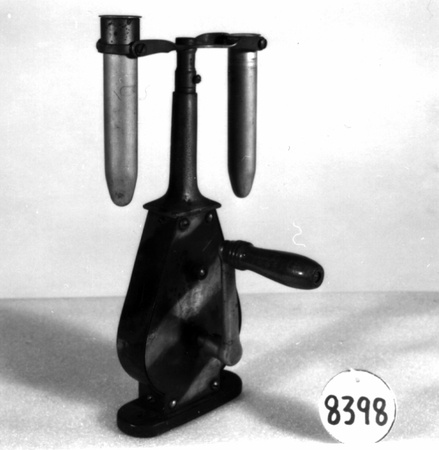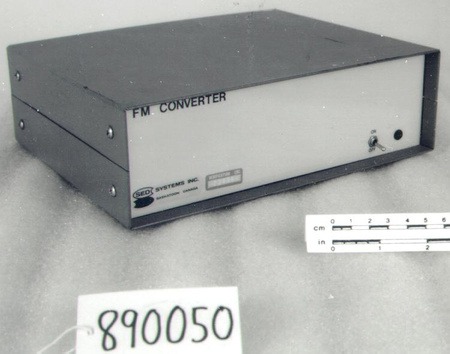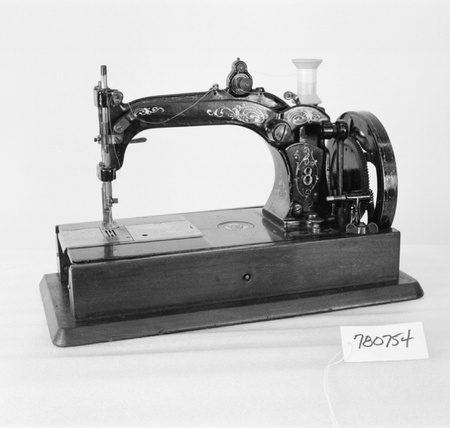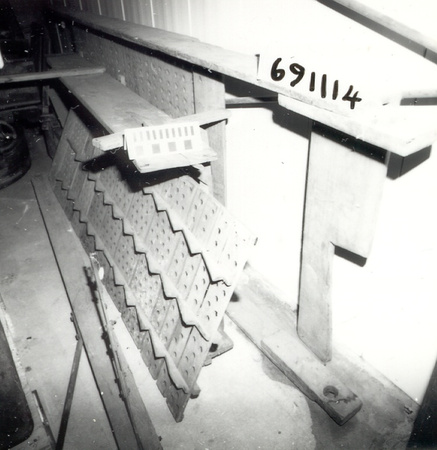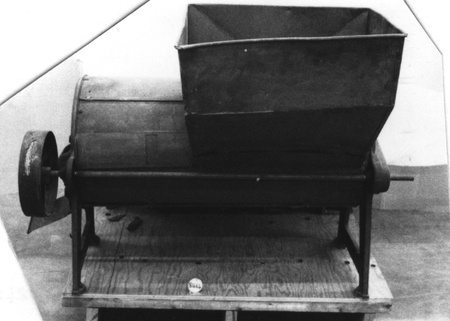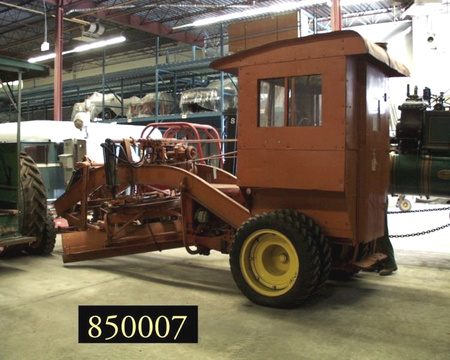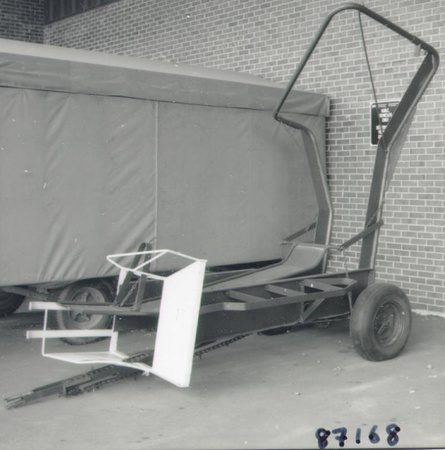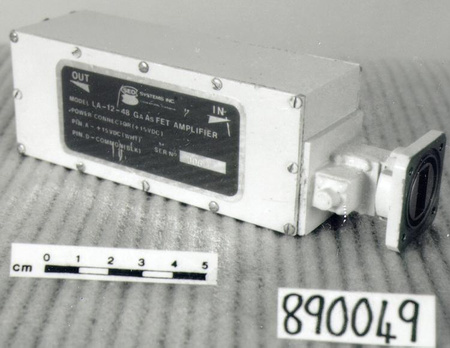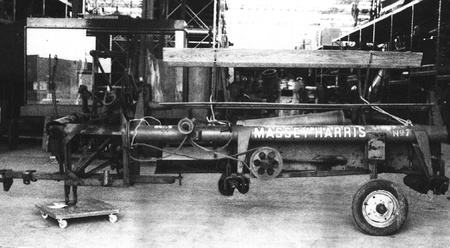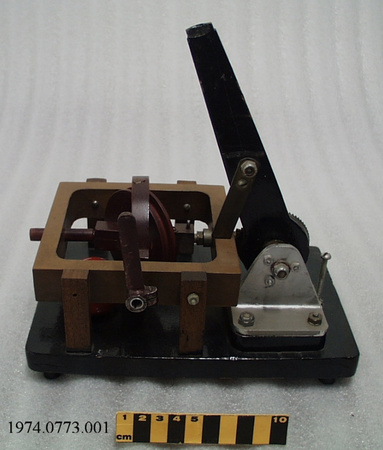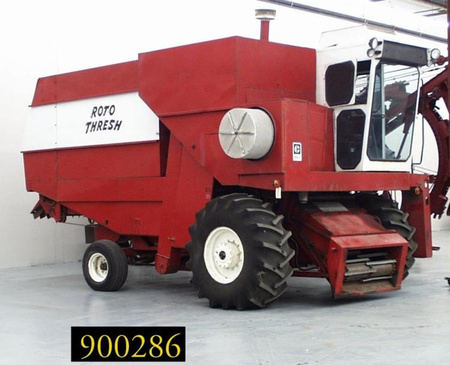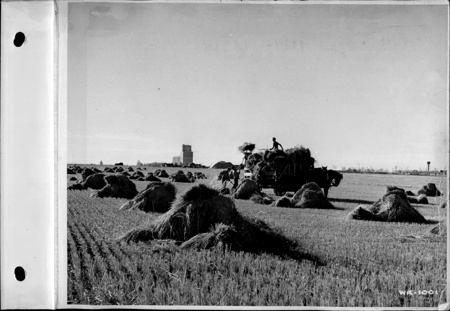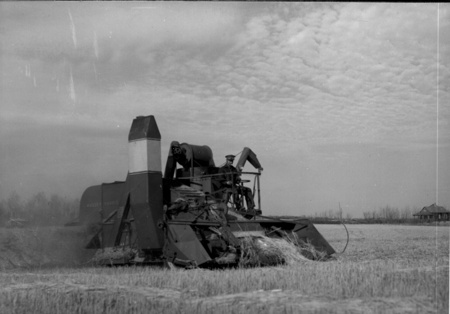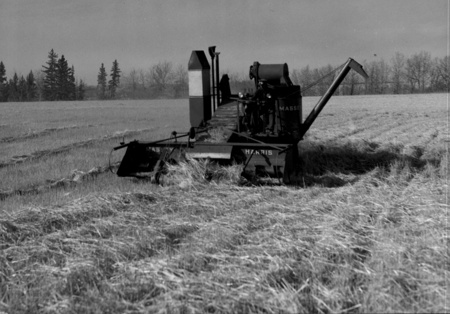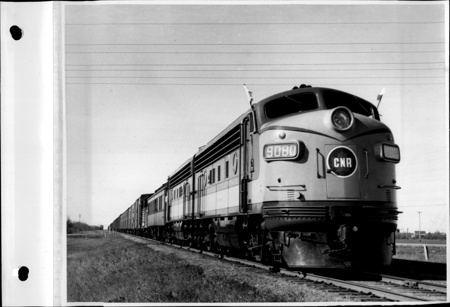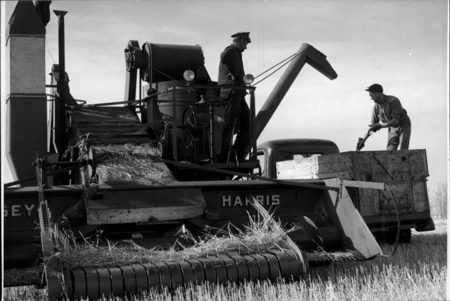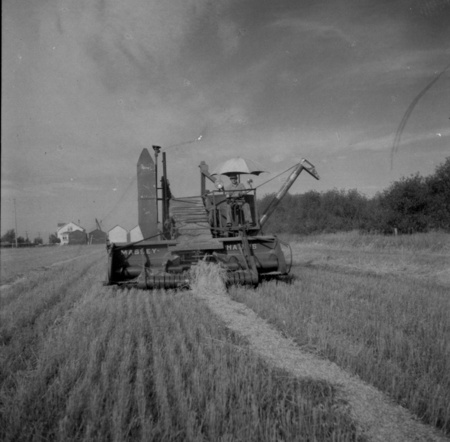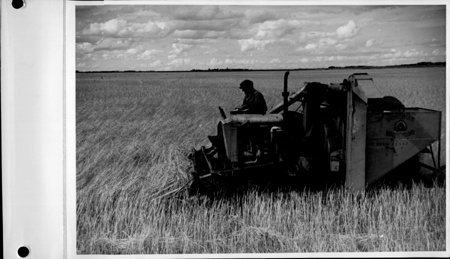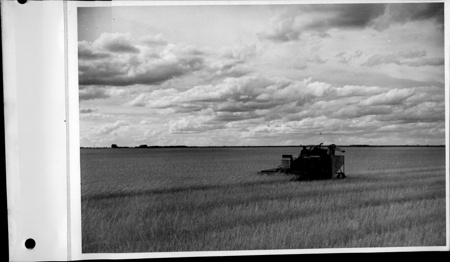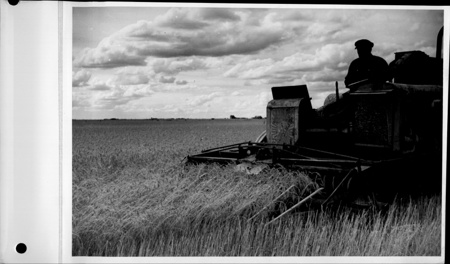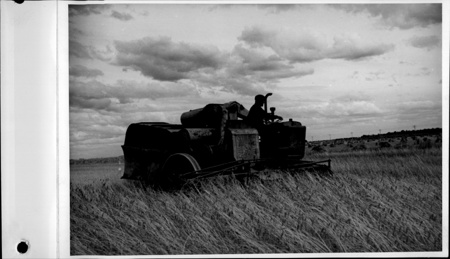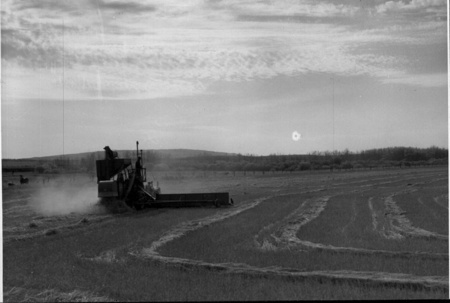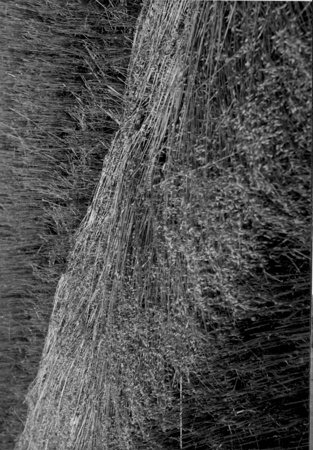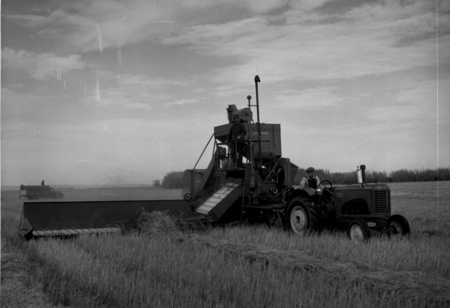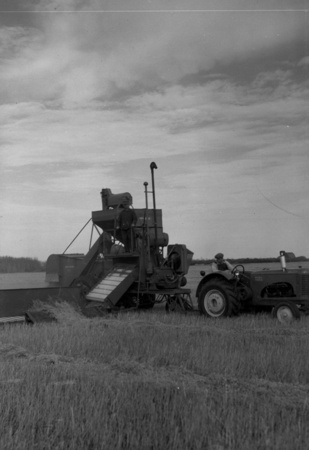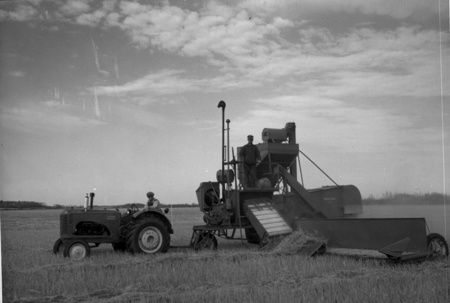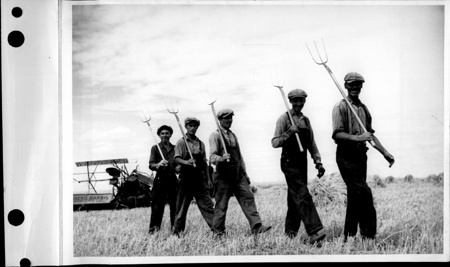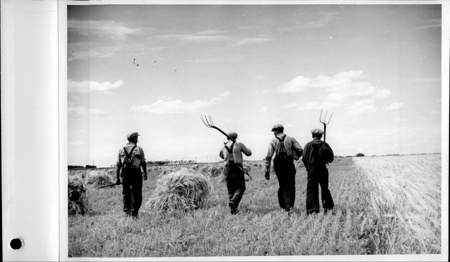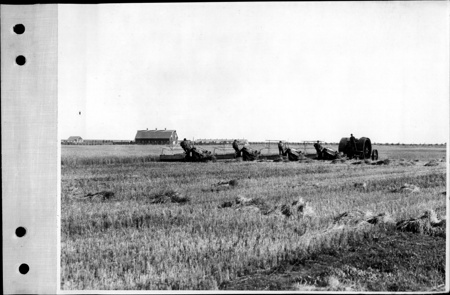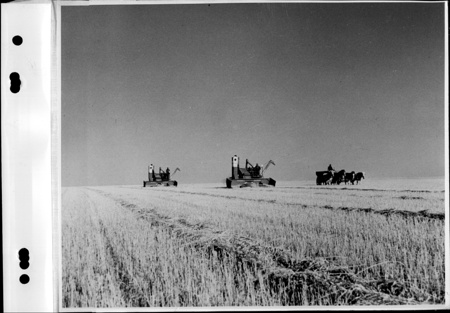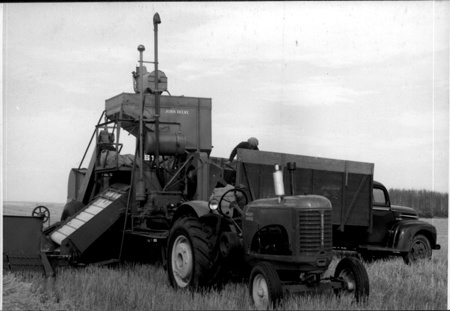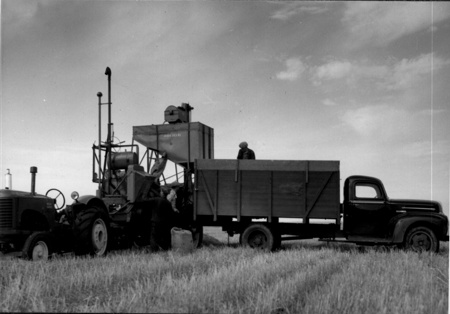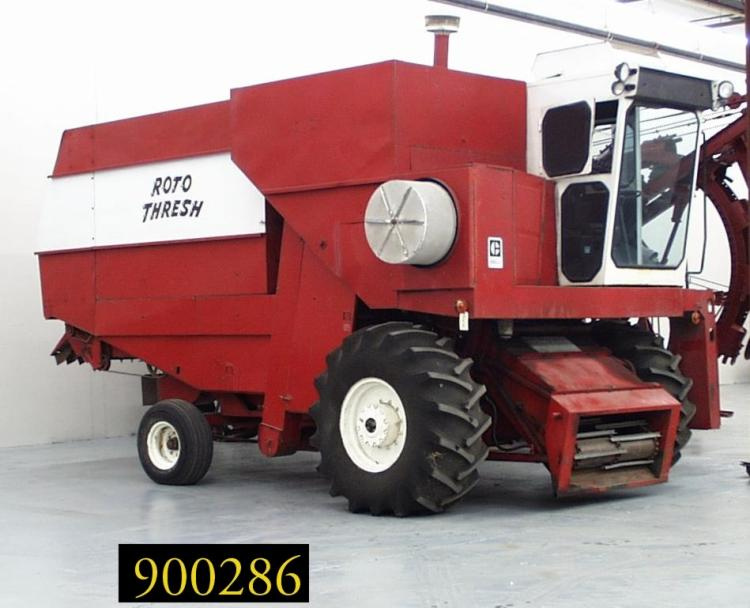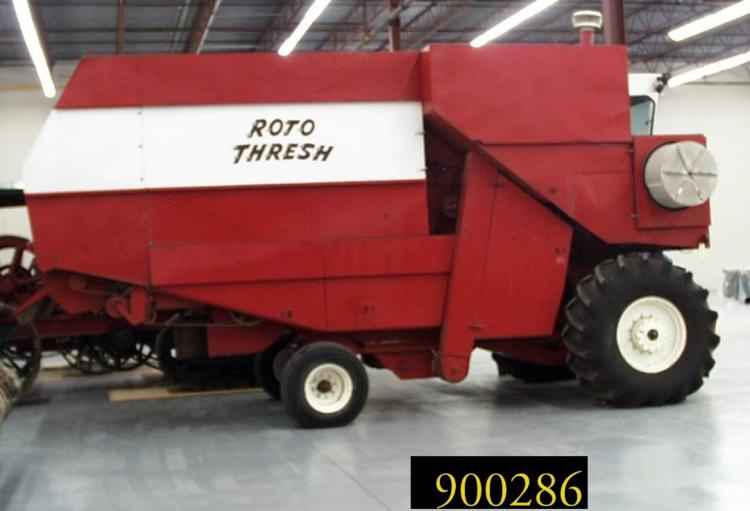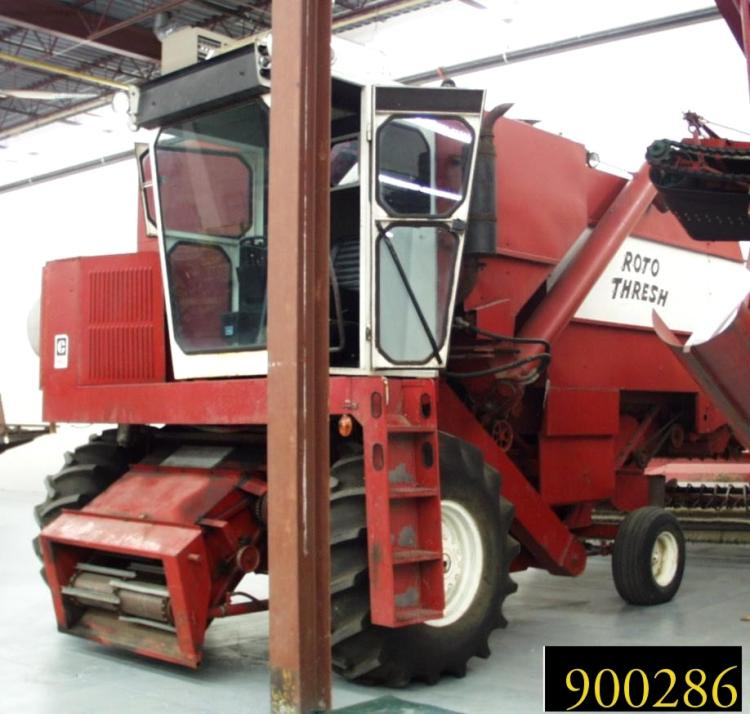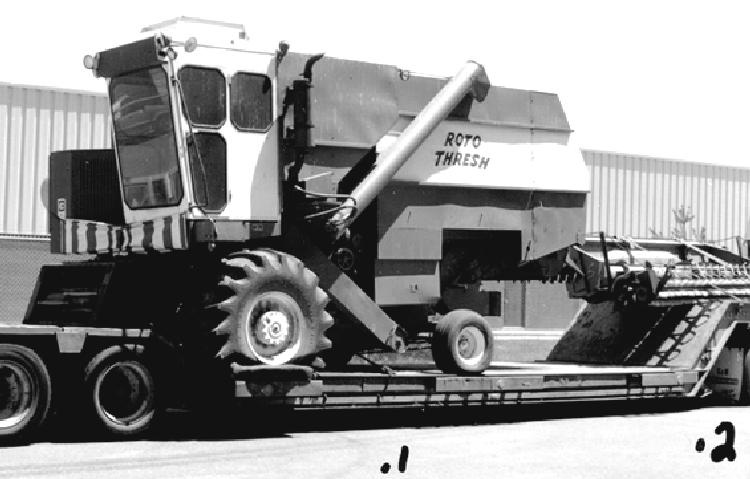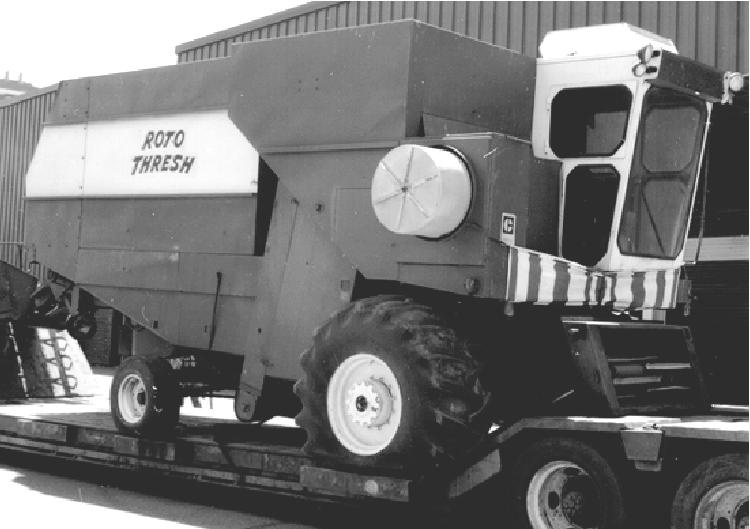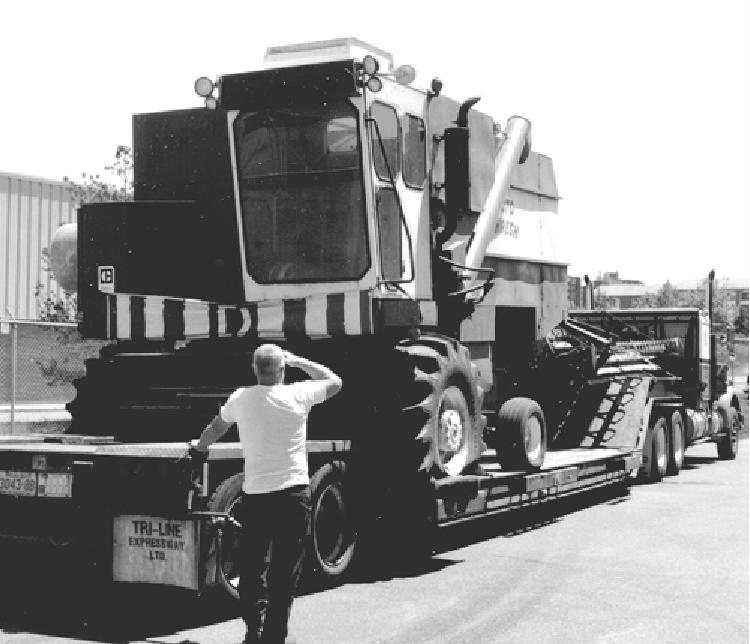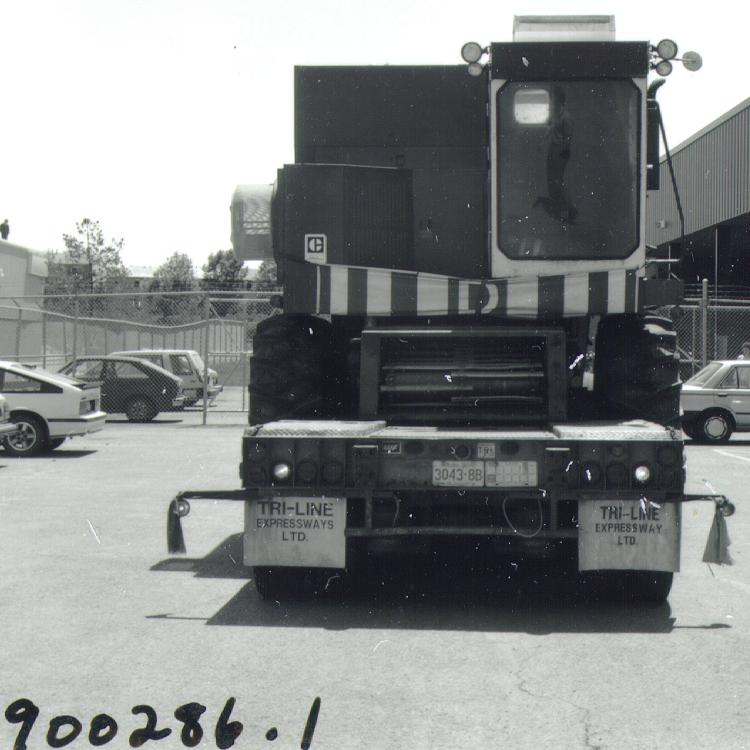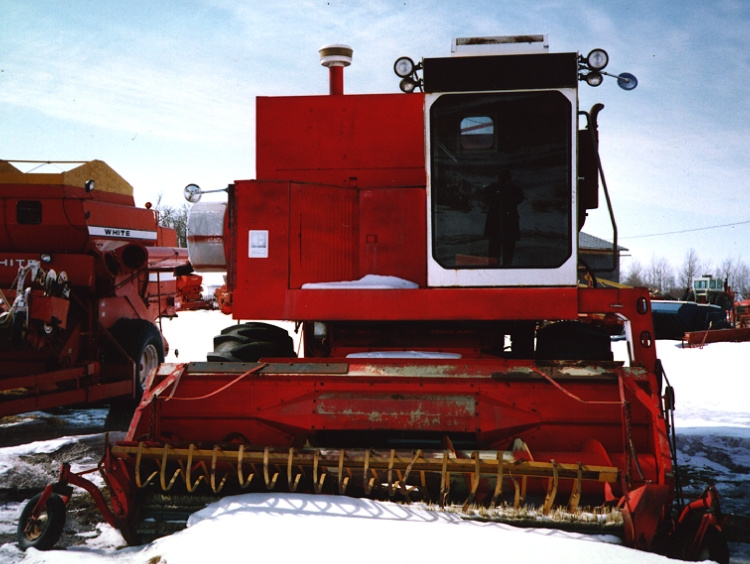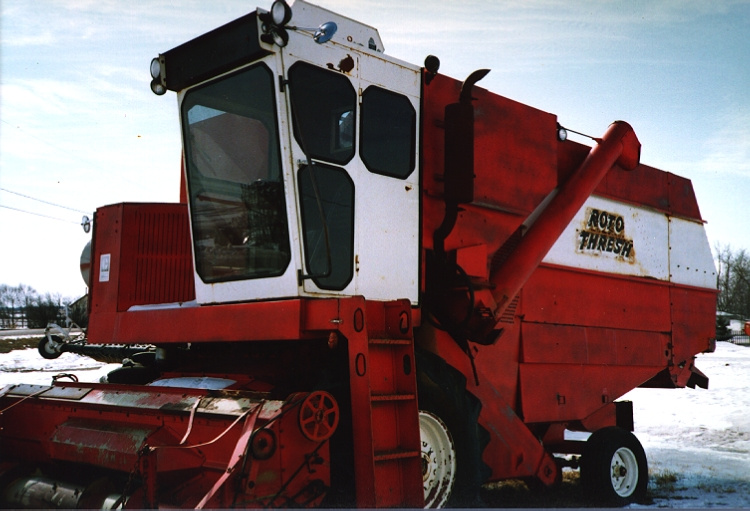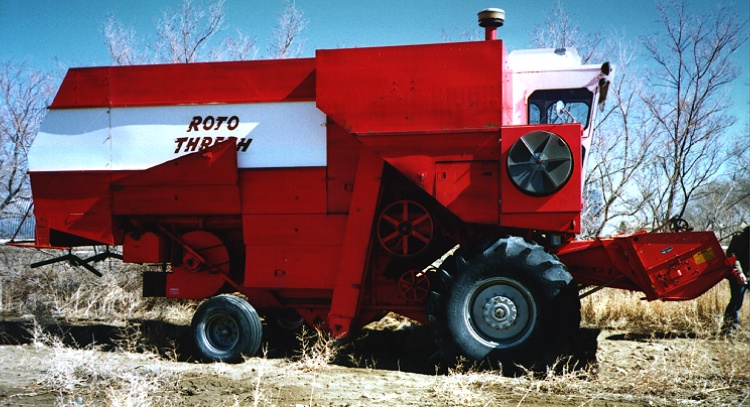Combine
Use this image
Can I reuse this image without permission? Yes
Object images on the Ingenium Collection’s portal have the following Creative Commons license:
Copyright Ingenium / CC BY-NC-ND (Attribution-NonCommercial 4.0 International (CC BY-NC 4.0)
ATTRIBUTE THIS IMAGE
Ingenium,
1990.0286.001
Permalink:
Ingenium is releasing this image under the Creative Commons licensing framework, and encourages downloading and reuse for non-commercial purposes. Please acknowledge Ingenium and cite the artifact number.
DOWNLOAD IMAGEPURCHASE THIS IMAGE
This image is free for non-commercial use.
For commercial use, please consult our Reproduction Fees and contact us to purchase the image.
- OBJECT TYPE
- SELF-PROPELLED/ROTARY SEPARATION
- DATE
- 1974–1978
- ARTIFACT NUMBER
- 1990.0286.001
- MANUFACTURER
- Western Roto Thresh Ltd.
- MODEL
- ROTO THRESH SP
- LOCATION
- Saskatoon, Saskatchewan, Canada
More Information
General Information
- Serial #
- 3676
- Part Number
- 1
- Total Parts
- 2
- AKA
- N/A
- Patents
- N/A
- General Description
- STEEL; CAST IRON; RUBBER; GLASS; NYLON; SYNTHETICS, INCLUDING PLASTICS
Dimensions
Note: These reflect the general size for storage and are not necessarily representative of the object's true dimensions.
- Length
- 730.0 cm
- Width
- 380.0 cm
- Height
- 375.0 cm
- Thickness
- N/A
- Weight
- N/A
- Diameter
- N/A
- Volume
- N/A
Lexicon
- Group
- Agriculture
- Category
- Crop handling
- Sub-Category
- N/A
Manufacturer
- AKA
- Western Roto
- Country
- Canada
- State/Province
- Saskatchewan
- City
- Saskatoon
Context
- Country
- Canada
- State/Province
- Saskatchewan
- Period
- This combine was used between 1976 and 1988.
- Canada
-
The Roto Thresh combine was developed, manufactured, and used in Canada. Manitoba farmers Bill & Fred Streich, with the help of Frank McBain and Barney Habicht, developed and produced the first prototype in 1951. They went on to form the Western Roto Thresh Manufacturing Company in 1968 and produced a more advanced prototype in collaboration with the University of Saskachewan. Roto Thresh began production in 1974, but only fifty machines were manufactured before the company closed in 1978. When the patents expired, large manufacturers such as John Deere adopted and perfected the centrifugal aspirating technology, which is found today on many different combine models. - Function
-
The combine harvester, also known earlier as the reaper-thresher, combines in one machine all the operations associated with cereal-grain harvesting: reaping, gathering, threshing, sorting and winnowing. First conceived in the late 19th century, combine harvesters became popular the 20th century as grain farming expanded, particularly in western North America. Combine harvesters came in towed and self-propelled models, with self-propelled models dominating production after the 1940s. - Technical
-
The Roto Thresh was the first combine to use a rotary system to separate grain from chaff using centrifugal force, a technological innovation still used in combine design today. The rotating cylinder was mounted perpendicular to the header and blew the chaff upwards. The Roto Thresh claimed to reduce grain loss and harvest 250 to 300 bushels per hour. - Area Notes
-
Unknown
Details
- Markings
- PLATE ON CAB READS: 'Manufactured By/ Western ROTO THRESH Ltd./ Saskatoon, Sask. Canada/ Model SP Serial 3676'. BROWN & WHITE DECALS READ: 'ROTO/ THRESH' ON EACH SIDE. DECAL ON FRONT LEFT PANEL READS: 'POWER BY/ CATERPILLAR'. SAFETY NOTICES, WARNINGS, ETC. ALSO APPEAR ON VARIOUS AREAS OF .1/ CAB NOT ACCESSIBLE AT TIME OF CATALOGUING- OTHER MARKINGS MAY BE PRESENT
- Missing
- NONE. REQUIRES BATTERIES TO OPERATE
- Finish
- COMBINE PAINTED BRIGHT RED, WITH WHITE ACCENTS
- Decoration
- N/A
CITE THIS OBJECT
If you choose to share our information about this collection object, please cite:
Western Roto Thresh Ltd., Combine, between 1974–1978, Artifact no. 1990.0286, Ingenium – Canada’s Museums of Science and Innovation, http://collection.ingenium.ca/en/id/1990.0286.001/
FEEDBACK
Submit a question or comment about this artifact.
More Like This

